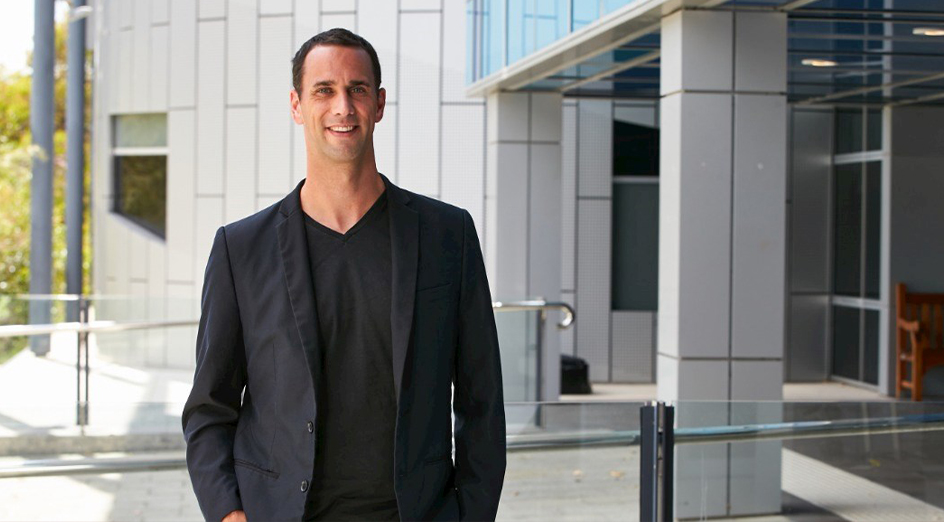US President Donald Trump is able to exploit social media to divert the attention of mainstream media away from a topic that is potentially harmful to him, according to a new study by researchers from The University of Western Australia.
The research, published in Nature Communications, reveals that, whether intentionally or not, Trump’s tweets systematically aim to divert attention away from a potentially damaging topic, which in turn appears to suppress media coverage of that topic.
"There has long been evidence that Trump’s tweets have served to divert attention from potentially harmful news."
Associate Professor Michael Jetter
Study co-author Associate Professor Michael Jetter from UWA’s Business School said Trump was renowned among world leaders as one of the most prolific users of social media, with more than 30,000 tweets sent from his Twitter account since the beginning of his presidency.
“Anecdotally, there has long been evidence that Trump’s tweets have served to divert attention from potentially harmful news,” Jetter said.
“For example, when the $25 million Trump University settlement became public in late 2016, Trump’s tweets focused on the controversy surrounding the ‘Hamilton’ Broadway play, whose cast pleaded for a diverse America at the end of a performance.

Associate Professor Michael Jetter collaborated with an international team of researchers to analyse the data.
“The tweets seemed to divert attention from the settlement, because both the public and the media showed far greater interest in the Hamilton controversy than the Trump University settlement.
“But to date, concrete evidence for such diversion had remained anecdotal,” Jetter said.
“Studying his first two years in office, we looked at whether an increase in harmful media coverage was followed by increased diversionary Twitter activity."
Associate Professor Michael Jetter
To explore this diversion-based narrative systematically, the researchers tested empirically whether President Trump’s tweets aim to divert media attention away from news that could be assumed to be politically harmful to him. The second step of the analysis then explored whether such diversion could be successful.
“Studying his first two years in office, we looked at whether an increase in harmful media coverage was followed by increased diversionary Twitter activity, and whether such diversion, in turn, successfully suppressed subsequent media coverage of the harmful topic,” Jetter said.
“What we found was that our analyses provided strong evidence for both these hypotheses, while the same pattern doesn’t emerge with placebo topics that presented no threat to the President.
“For centuries the American media has focused on the presidents’ statements but this tradition is now being challenged by presidential diversions in bites of 280 characters. How journalistic practice can adapt to evade those diversions is one of the current defining challenges to media.”
Media references
Nicholas Smith, UWA Media Officer, 08 6488 1888 / 0411 644 492
